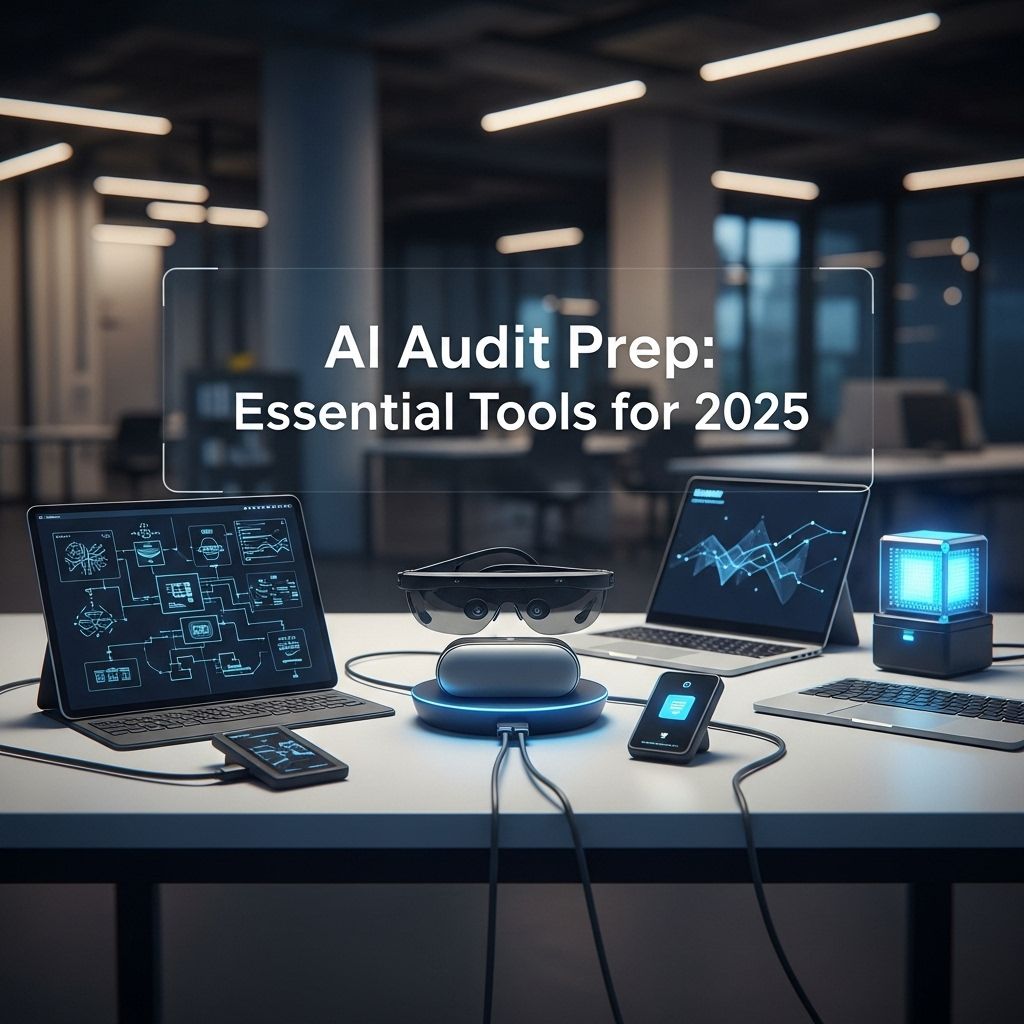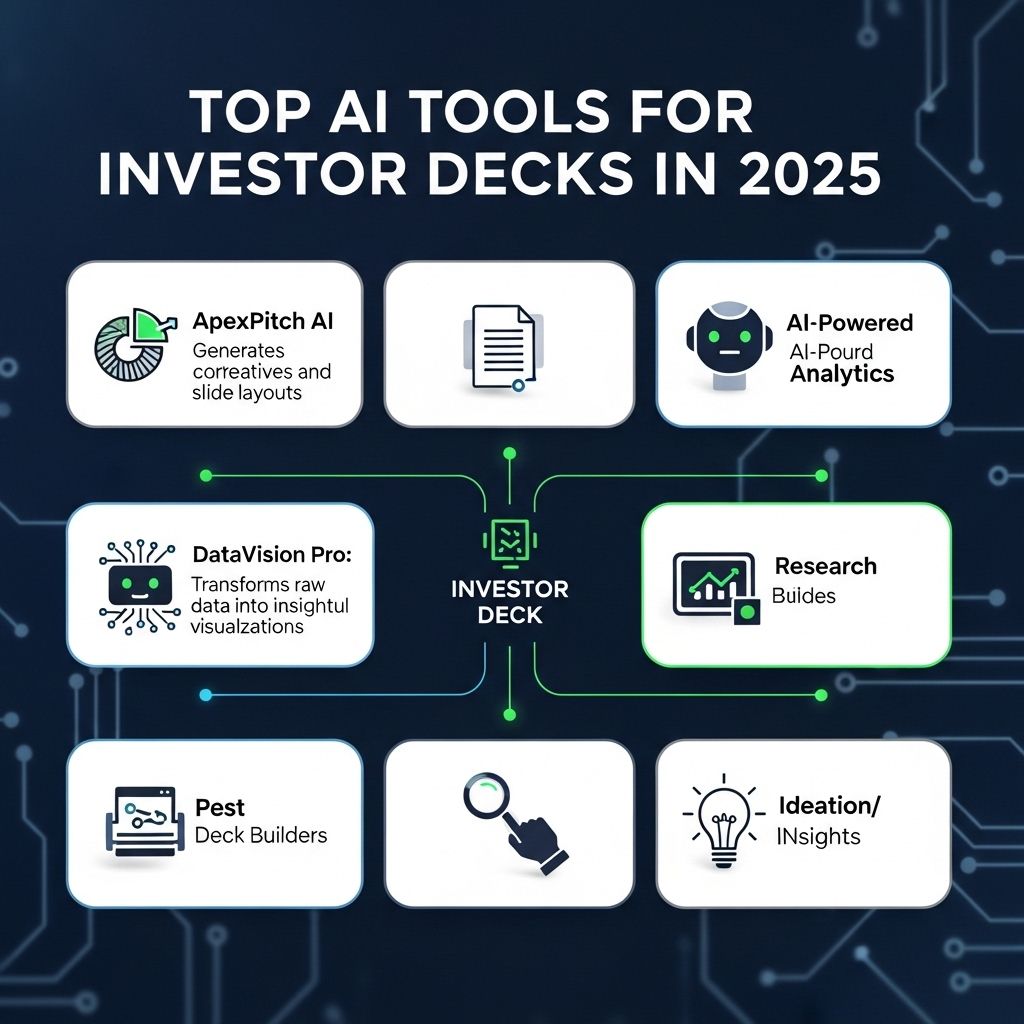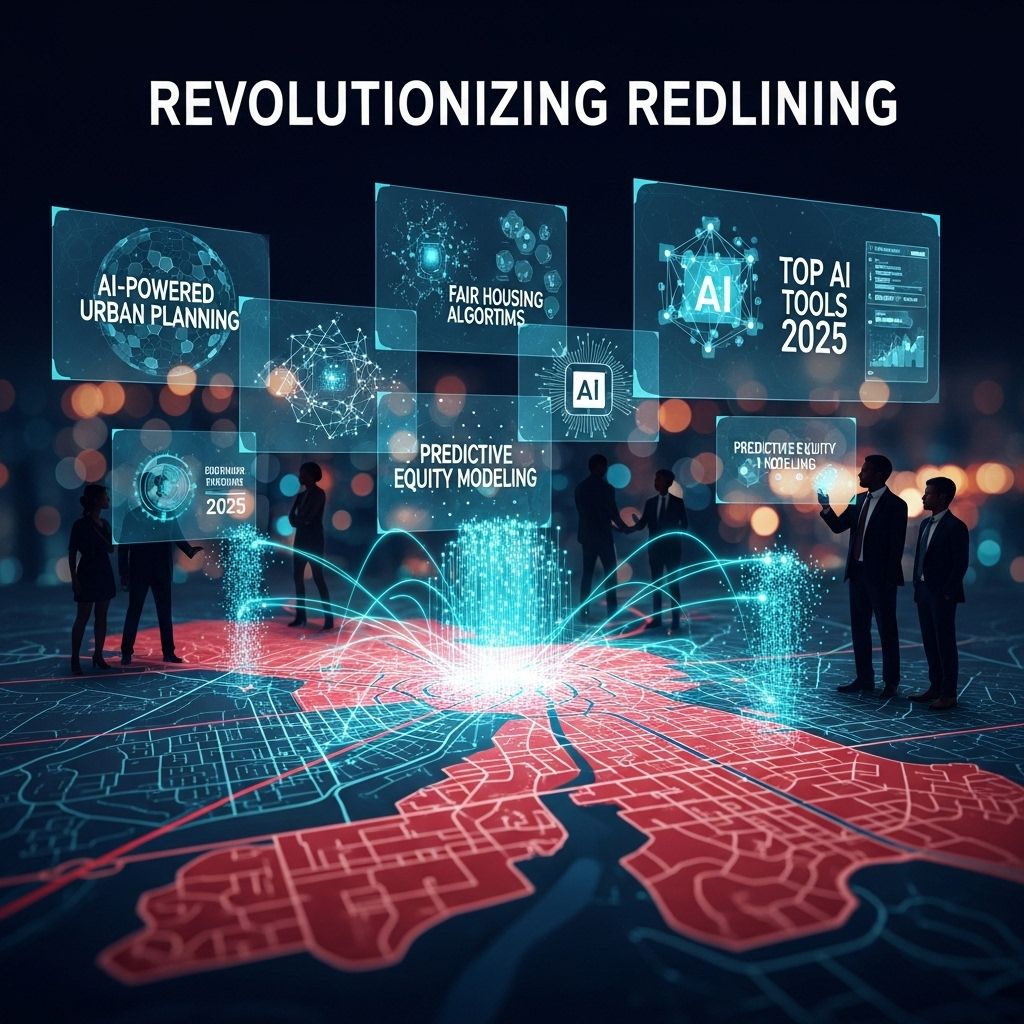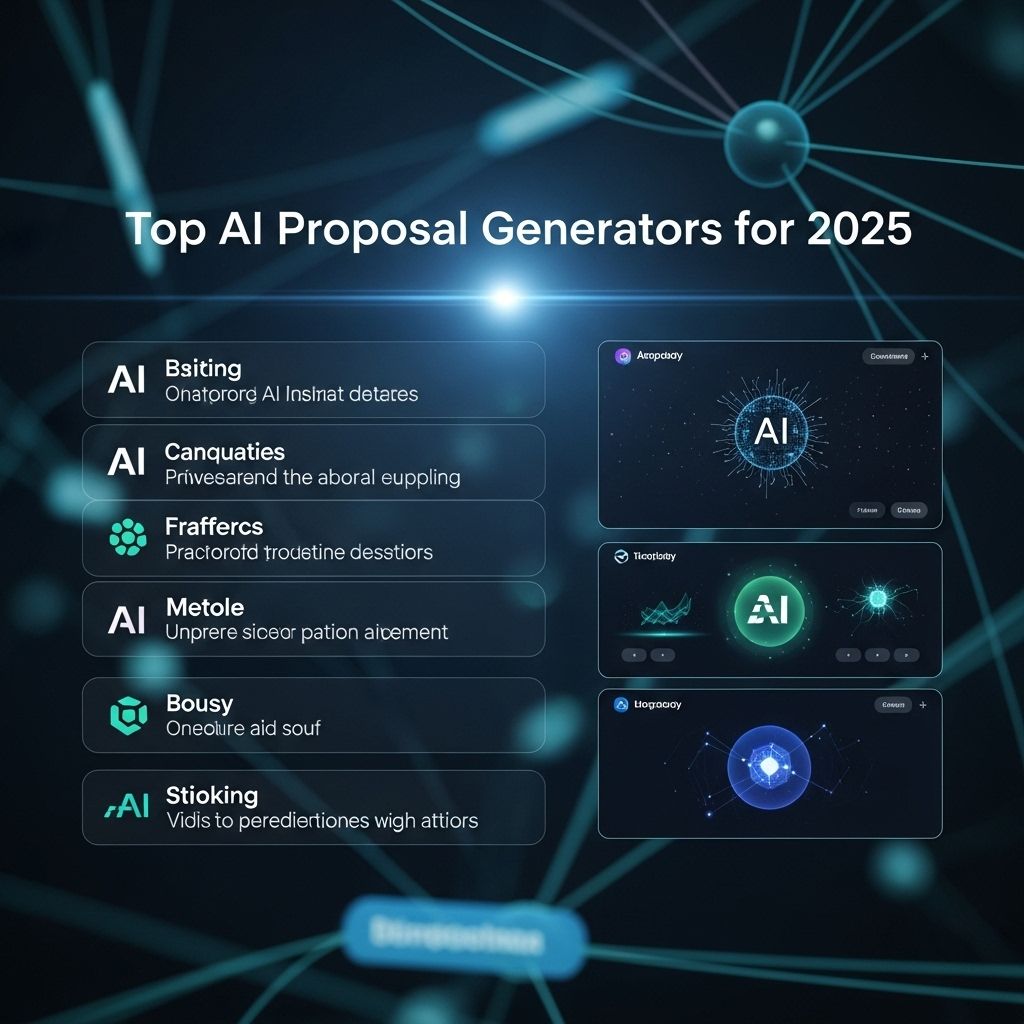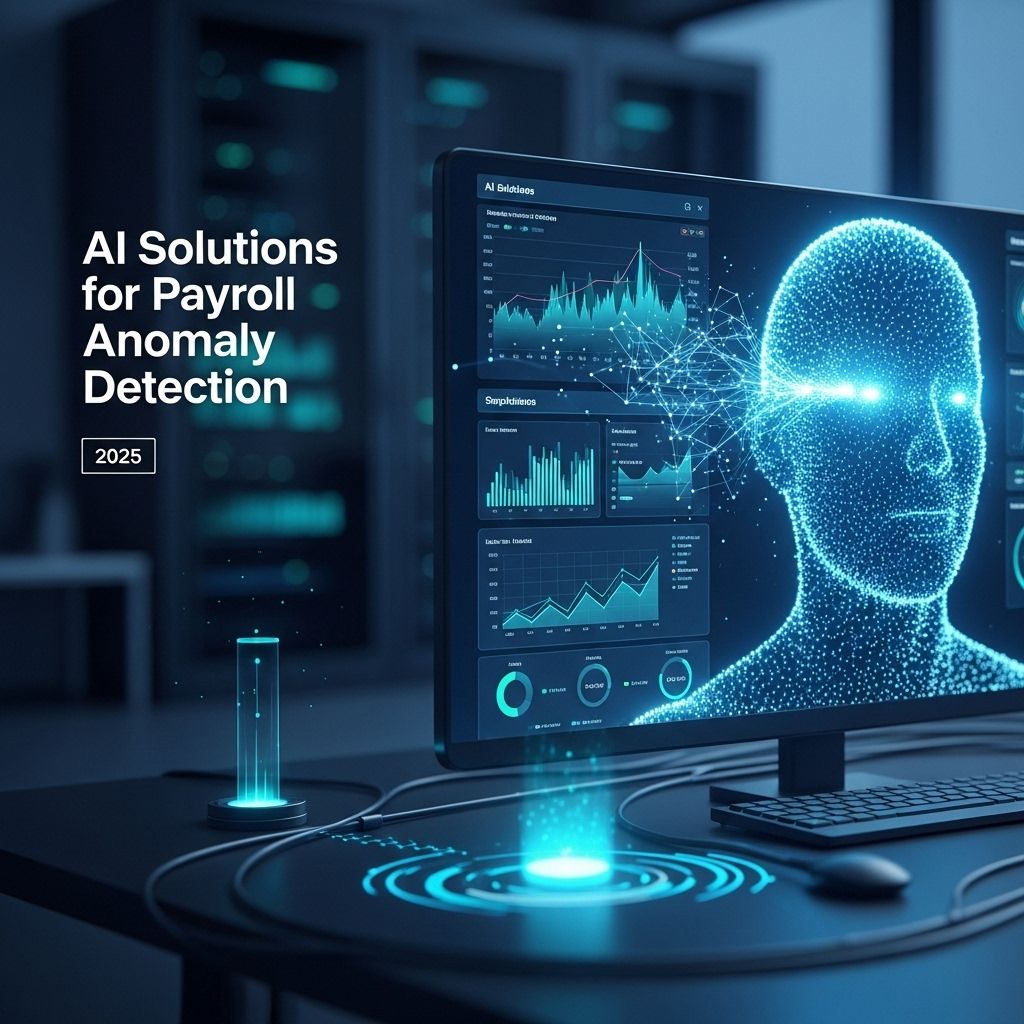Unlock Skill Gaps with AI Tools Today
Discover how AI tools can help bridge skill gaps in your workforce and enhance productivity today.
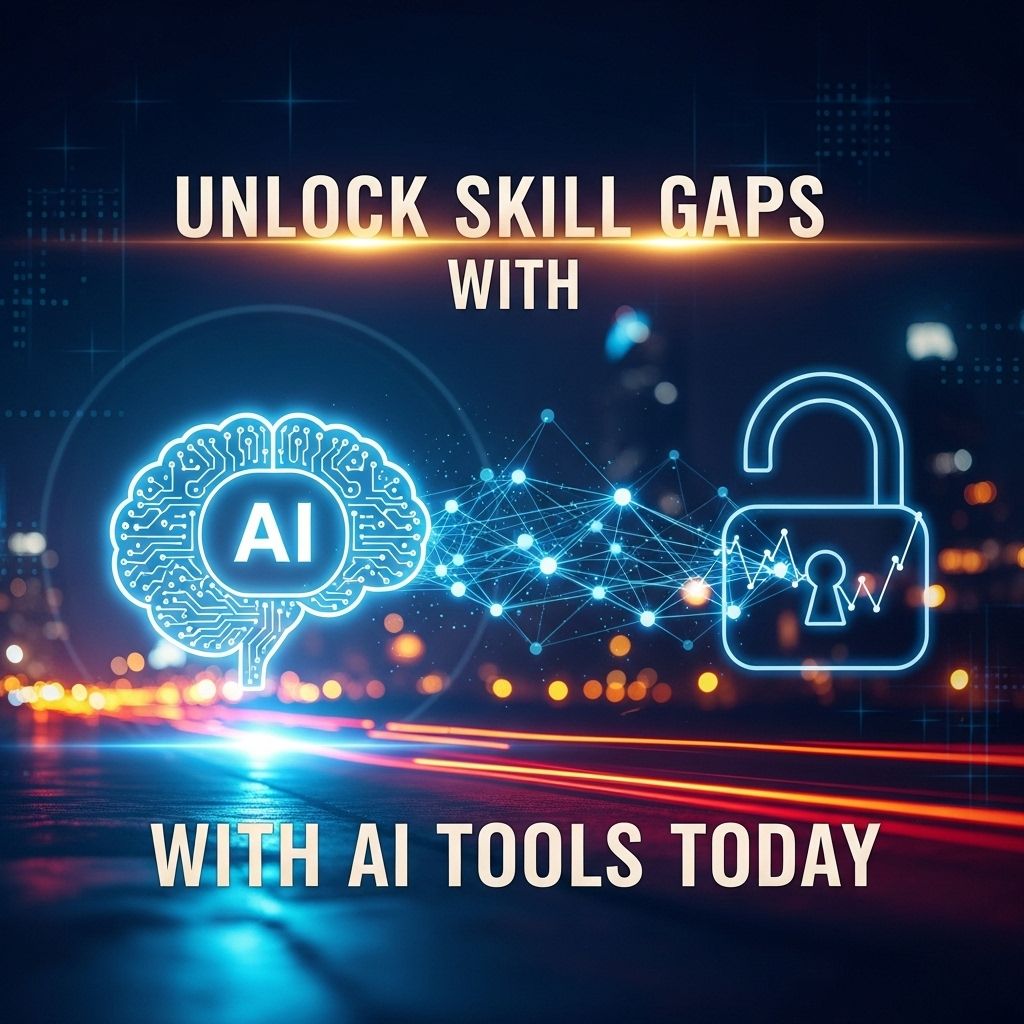
In the rapidly evolving world of technology, the need for continuous learning and skill enhancement is more critical than ever. As industries transform and new technologies emerge, professionals must adapt to stay competitive. Artificial Intelligence (AI) tools have become essential allies in this endeavor, offering innovative solutions to unlock skill gaps and foster career growth. This article delves into how AI tools can help bridge those gaps, enhance learning experiences, and provide tailored solutions for individuals and organizations alike.
Table of Contents
The Rise of AI in Skill Development
The integration of AI into educational and training frameworks is revolutionizing how skills are developed. AI tools can analyze individual learning patterns, preferences, and performance to offer customized learning paths. Here are some key factors driving the adoption of AI in skill development:
- Personalization: AI can tailor learning experiences to meet individual needs, increasing engagement and effectiveness.
- Scalability: AI tools can cater to a vast audience, making them suitable for organizations of all sizes.
- Data-Driven Insights: AI algorithms analyze learning data to identify trends and gaps, guiding curriculum development and training programs.
- Accessibility: AI-powered platforms can provide resources to learners regardless of geographical location.
Types of AI Tools for Skill Development
When it comes to harnessing the power of AI for skill enhancement, several types of tools are available. Below, we explore some of the most effective AI tools currently in use:
1. Adaptive Learning Platforms
Adaptive learning platforms use AI to assess learners’ knowledge and skills in real-time and adjust content delivery accordingly. These platforms provide personalized learning experiences that adapt to each learner’s pace and style. Examples include:
- Smart Sparrow
- DreamBox Learning
- Knewton
2. AI-Powered Learning Management Systems (LMS)
AI-powered LMS can streamline training processes and enhance user experiences by integrating intelligent features. These systems can recommend courses based on user performance, track progress, and generate insightful reports. Notable examples include:
- Edmodo
- Moodle with AI plugins
- SAP Litmos
3. Virtual Tutors and Chatbots
Virtual tutors and chatbots, powered by natural language processing (NLP), provide real-time assistance to learners. They can help clarify concepts, answer questions, and provide additional resources. Some popular tools include:
- Duolingo for language learning
- IBM Watson Tutor
- Replika for conversational practice
4. AI-Driven Skill Assessment Tools
These tools evaluate individuals’ skills through simulations, quizzes, and assessments, providing instant feedback. They can identify specific areas for improvement, ensuring targeted skill development. Examples include:
- Pluralsight Skills
- Codility for tech skills
- CodeSignal
Implementing AI Tools in Organizations
Organizations looking to implement AI tools for skill development should consider several steps to ensure successful integration:
Step 1: Identify Skill Gaps
Conduct a thorough analysis of the current skill landscape within the organization. This can involve:
- Surveys and feedback from employees
- Reviewing performance metrics
- Consulting industry benchmarks
Step 2: Choose the Right AI Tools
Select AI tools that align with the identified skill gaps and the learning objectives of the organization. Factors to consider include:
- Ease of integration with existing systems
- User-friendliness
- Customization options
- Support and resources provided by the vendor
Step 3: Foster a Culture of Continuous Learning
Encouraging employees to embrace ongoing education is vital for successful AI tool implementation. Strategies may involve:
- Incentivizing course completion
- Providing time during work hours for learning
- Creating a supportive community for knowledge sharing
Step 4: Monitor and Evaluate Progress
Once AI tools are in place, regularly evaluate their effectiveness. This can be achieved through:
- Tracking key performance indicators (KPIs)
- Gathering feedback from users
- Adjusting tools and methodologies as needed
Enhancing Learning with AI: Case Studies
To illustrate the impact of AI tools in bridging skill gaps, let’s examine a few case studies:
Case Study 1: A Large Retail Company
A large retail company implemented an AI-powered LMS to train its employees on customer service skills. By personalizing learning paths and offering real-time feedback, the company saw a 30% improvement in customer satisfaction scores within six months.
Case Study 2: A Technology Firm
A technology firm adopted virtual tutors to help new employees acclimate to the company’s software systems. The implementation reduced training time by 40%, allowing employees to become productive more quickly.
The Future of Skill Development with AI
As AI technology continues to advance, its role in skill development will only grow stronger. Here are a few trends to watch in the coming years:
- Increased Use of Machine Learning: Expect more sophisticated algorithms that provide even deeper insights into learning habits and skill acquisition.
- Integration of Augmented and Virtual Reality: Combining AI with AR and VR will create immersive learning experiences that enhance engagement.
- Focus on Soft Skills: As automation takes over technical tasks, AI tools will increasingly incorporate training for soft skills, such as communication and emotional intelligence.
In conclusion, AI tools are transforming the landscape of skill development by providing personalized, scalable, and data-driven solutions. Organizations and individuals that leverage these tools not only unlock skill gaps but also pave the way for future growth and success in an ever-changing job market. Embracing these technologies will be crucial for anyone looking to stay relevant in the digital age.
FAQ
What are AI tools for skill gap analysis?
AI tools for skill gap analysis are software applications that use artificial intelligence to identify and assess the skills that employees lack in relation to their job requirements, helping organizations to bridge these gaps effectively.
How can AI help in employee training?
AI can personalize training programs, recommend relevant resources, and provide real-time feedback, making employee training more efficient and targeted.
What are the benefits of using AI to address skill gaps?
Benefits include enhanced learning experiences, improved employee performance, better alignment of skills with organizational goals, and increased adaptability in a rapidly changing job market.
Can AI tools predict future skill requirements?
Yes, AI tools can analyze industry trends and data to predict future skill requirements, helping organizations to proactively prepare their workforce for upcoming challenges.
Are AI tools user-friendly for all employees?
Many AI tools are designed to be user-friendly, offering intuitive interfaces and support to ensure that employees at all skill levels can effectively utilize the technology.
How do I choose the right AI tool for my organization?
To choose the right AI tool, consider factors such as the specific skills you want to address, the tool’s features and capabilities, user reviews, and the level of customer support provided.

